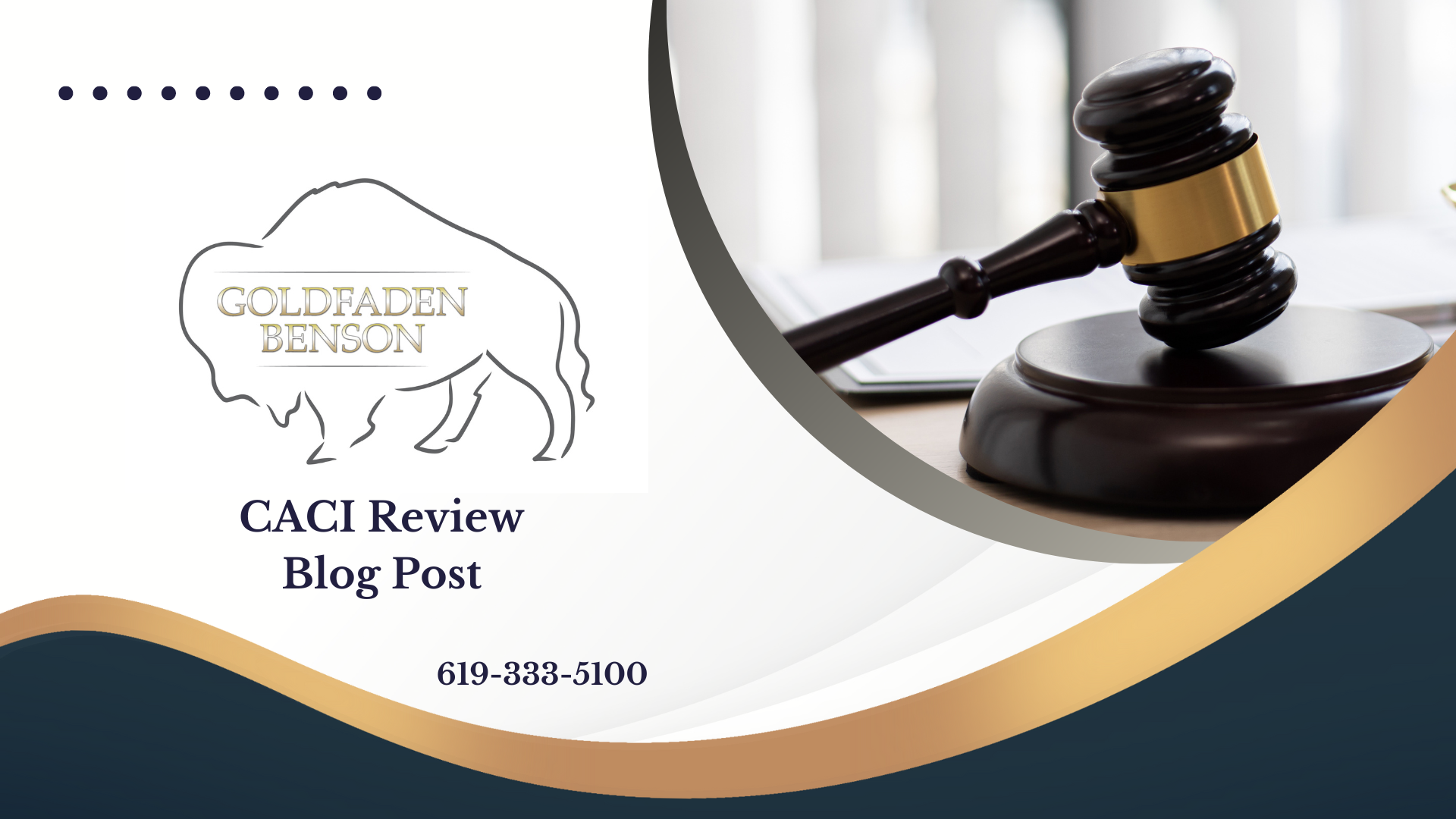Negligence Explained: What You Need to Prove
Understanding negligence claims is crucial for anyone involved in a civil dispute after an injury. Claims of negligence are one of the most common causes of action under personal injury law. When someone believes they have been harmed due to someone else's lack of reasonable care, they often consider a negligence claim.
Understanding the Components of Negligence
In California, to prove negligence, a plaintiff must establish four essential elements:
1. **Duty of Care**: The defendant owed a duty to the plaintiff. In simplistic terms, this means that the defendant had a responsibility to act in a way that would not cause harm.
2. **Breach of Duty**: The defendant breached that duty. This means they failed to act as a reasonably cautious person would have under similar circumstances. For example, if a driver exceeded the speed limit and caused an accident, they may have breached their duty of care to other drivers.
3. **Causation**: The breach of duty caused harm to the plaintiff. This refers to the direct link between the defendant’s actions and the injury suffered. It must be shown that the defendant’s negligence was a substantial factor in causing the plaintiff’s harm.
4. **Damages**: Actual harm resulted from that negligence. This could include physical injuries, emotional distress, or financial losses that the plaintiff must substantiate.
Real-Life Example
Imagine a scenario where a person slips and falls in a grocery store due to inadequate signage about a wet floor. In this case, the grocery store has a duty to ensure a safe environment for its customers. If it is determined that the store failed to adequately warn patrons about the hazard, this could be interpreted as a breach of duty. If that fall resulted in injury requiring medical attention, the store could be liable for the damages incurred due to the breach.
Why This Matters
Understanding these elements is crucial because proving negligence involves meeting each element's criteria. If any one of these components is lacking, the claim may fail. This can be particularly vital in personal injury cases, as courts and juries rely heavily on evidence to make their determinations.
What Should You Do Next?
If you believe you have experienced harm due to someone else's negligence, reaching out to an experienced personal injury attorney can help provide clarity on the specifics of your case. They can guide you through the complexities of proving negligence based on the facts surrounding your incident.
At Goldfaden Benson, we’re ready to assist you in navigating your personal injury claim. With our expertise and experience, we can discuss your options and the best way to move forward. If you have questions or want to dive deeper into how negligence might apply to your situation, please contact us at Goldfaden Benson today. Your journey to justice starts here.








